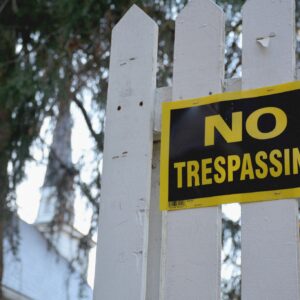A national monument commemorating the dark legacy of the Indian Residential School System and its devastating effects on indigenous identity is in the works. Award winning BC Artist Ha-yalth-kingeme Cary Newman of the Kwagiulth and Salish Nations was chosen to create the piece through an open call by the Truth and Reconciliation Commission.
Newman spoke with the Two Row Times saying, “The title of the project is Witness: Pieces of History. It is a commemoration initiative through the Truth and Reconciliation Commission. About two and a half years ago I heard about a request for proposals and I started to put my mind thinking about what I can do. As an artist I usually do totem, silver & gold jewelry and metal sculpture. So of course that is where my mind was when I started to think about the idea but eventually I realized that I needed to move in a different direction.That is how I came up with the idea of making a blanket out of pieces that we collect from residential schools, churches and government structures across the country.”

These pieces of the residential school story is what the blanket will be made from. A collective is traveling across the nation, gathering physical artifacts from the residential school era. Newman said, “We are looking for a range of things from documents, letters and photographs, through to different types of textiles like weavings, hand stitched kneelers through to bricks and wood and metal roofs. The idea is to get pieces that would have witnessed part of the whole process; whether they were part of the walls of the residential schools themselves or part of the halls of a government that made the Indian Act in the first place to church buildings where they made the decisions to do what they did.”
Newman believes this is an important part of the project; bringing a visual representation as part of the reconciliation process. He is also including pieces from the traditional structures of many nations. Newman said, “I chose [to include] traditional structures to show the resilience. Even though the difficult times of that era were pretty devastating to our culture, there is still a lot that we were able to hold onto.”
The massive installation measures 40 feet long. It will be made of 13 red cedar panels, one representing every province and territory across Canada. “The best way to describe it is to think of a beaded bracelet and how they are all small solid objects strung together so they are still flexible.” said Newman. “I am using various sizes of cedar and stringing it together with stainless steel cable. Once I am done the base blanket I will string on all the pieces I have collected.”
The initial proposal was to make this piece a permanent installation, however if funding becomes available there is a desire to have it travel across the country.
Those interested in learning more about the project or who would like to contribute an artifact to be included in the piece can contact Carey Newman through his website, www.witnessblanket.ca












Comments are closed.